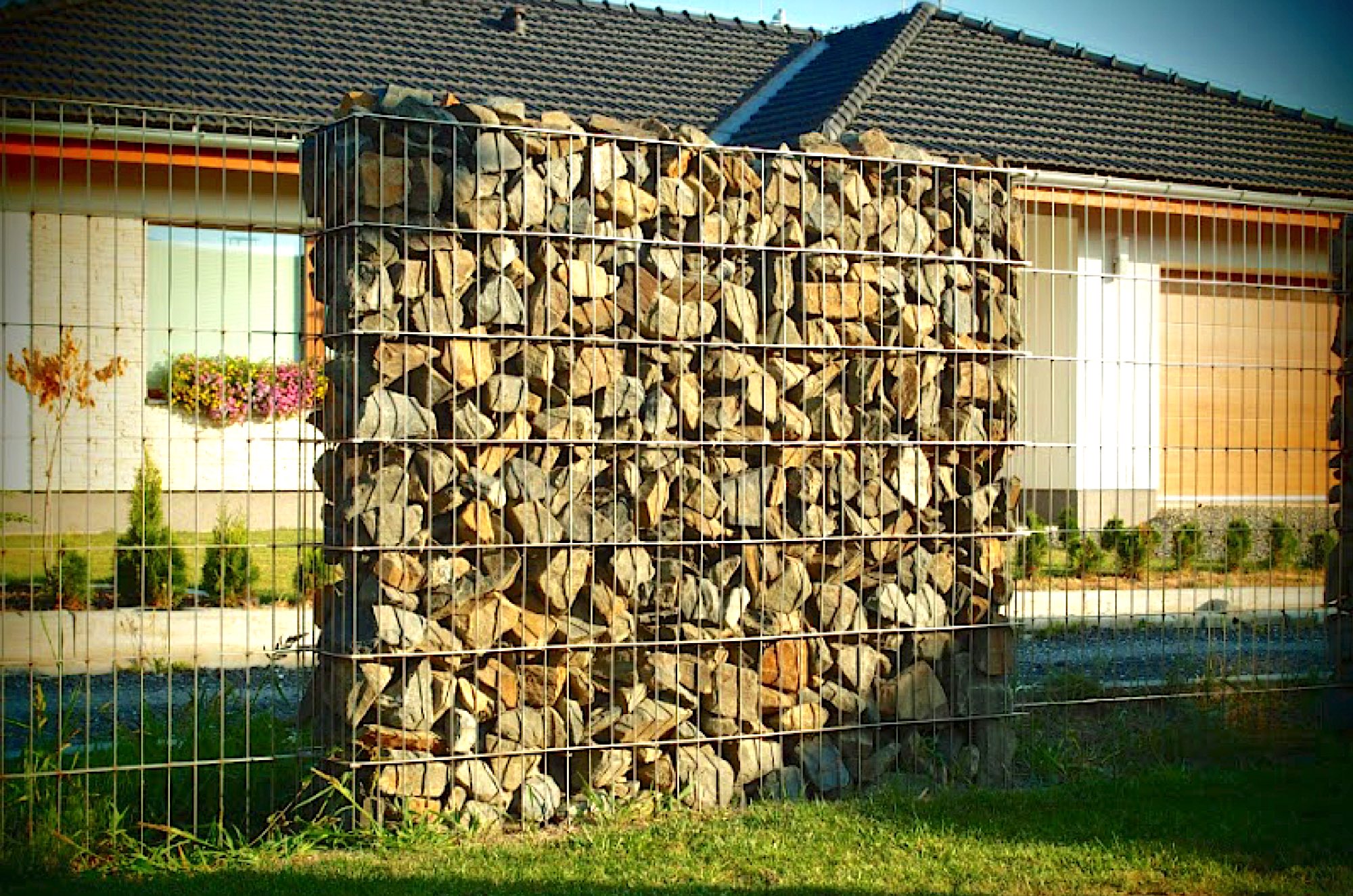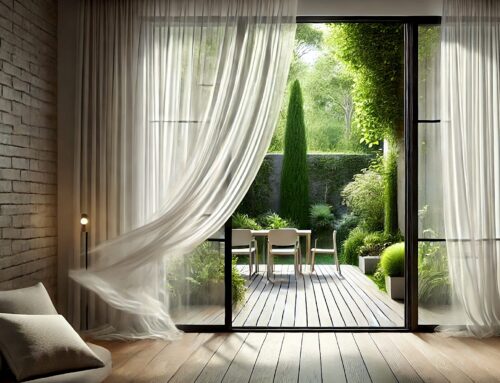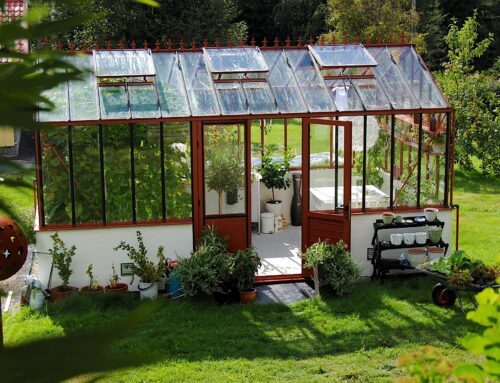Studies have shown that long-term exposure to background noise can affect our health, our sleep, and even lead to serious problems such as cardiovascular disease. Luckily, there are things you can do to minimize noise from disturbing your peace and quiet.
When trying to minimize noise inside the living space, sound suppression techniques include weighted mass, or heavy sound-absorbing objects to block the sound waves from travelling through walls. A bookshelf or a decorative rug on a common wall are both good examples of inexpensive sound-blocking decor. Some condo owners will add to the builder’s drywall between suites with cancelling features such as sound strips and mass loaded vinyl. To block noise from the street, sound-deadening curtains are useful and are designed in many different styles to suit your personal taste.
A home adjacent to a busy road or real traffic may need additional treatments outside. Noise abatement can begin at the fence line. There are two basic methods: acoustic screens and natural barriers such as hedges and berms. Some are better suited for certain applications than others. For example, a soil berm may be suitable for a very large yard where a rolling landscaping may enhance the overall look of your property. In comparison, small yards will benefit from a combination of tall fencing and thick foliage.
A hedge is the ecological choice for noise abatement. It will promote a serene, sustainable environment and compared to fencing it costs relatively little to get started. Over time, a backyard with foliage barriers will improve the environment so it becomes an oasis of privacy. Evergreen hedges planted on north facing property lines will deflect cold wind during the winter which results in energy savings. Hedges take time to grow but they also become more effective and more beautiful with each passing season. Species such as cypress, bamboo, thuja, and emerald cedars develop into beautiful, thick rows of greenery.
Solid screens bounce sound back to the source, usually a roadway. Brick and concrete can improve security and increase its resale value but the initial cost is higher than alternatives. Existing low cement walls can be extended with etched glazing, wood, or planters along the top edge to increase overall height and sound-blocking capabilities.
Wood fences are an inexpensive option, either made from individual boards or premade panels. As an alternative, PVC panels in attractive designs are durable and have a maintenance-free lifespan of 25 years or more. Chain link fences are the least expensive but offer almost no sound protection. However, they can be improved with special inserts to make it a solid fence.
For noise abatement and security, consider a fence between six and eight feet. A six-foot sit fence is the standard for privacy, and it blocks views from neighbours. If you live near a busy roadway, you might want something taller such as an eight-foot fence that offers extra privacy and noise suppression. Wind can be an issue for taller fences and suited to partial or full masonry construction.
Gabions have been around for a long time and are very useful for creating permanent landscape partitions and walls. A gabion is basically a galvanized wire cage into which stones are poured or stacked. Because they’re modular, they can be configured for simple or complex designs to suit any yard. A low gabion is useful for a retaining wall or to create partitions for effect. Stacked gabions make a robust and beautiful sound barrier. To make your gabion wall stand out, choose riverstone, bluestone, or quartz. To make a green wall, use a medium or filler suggested by the manufacturer and seed with plants such as ivy.
Contact us to view homes for sale in your area.





